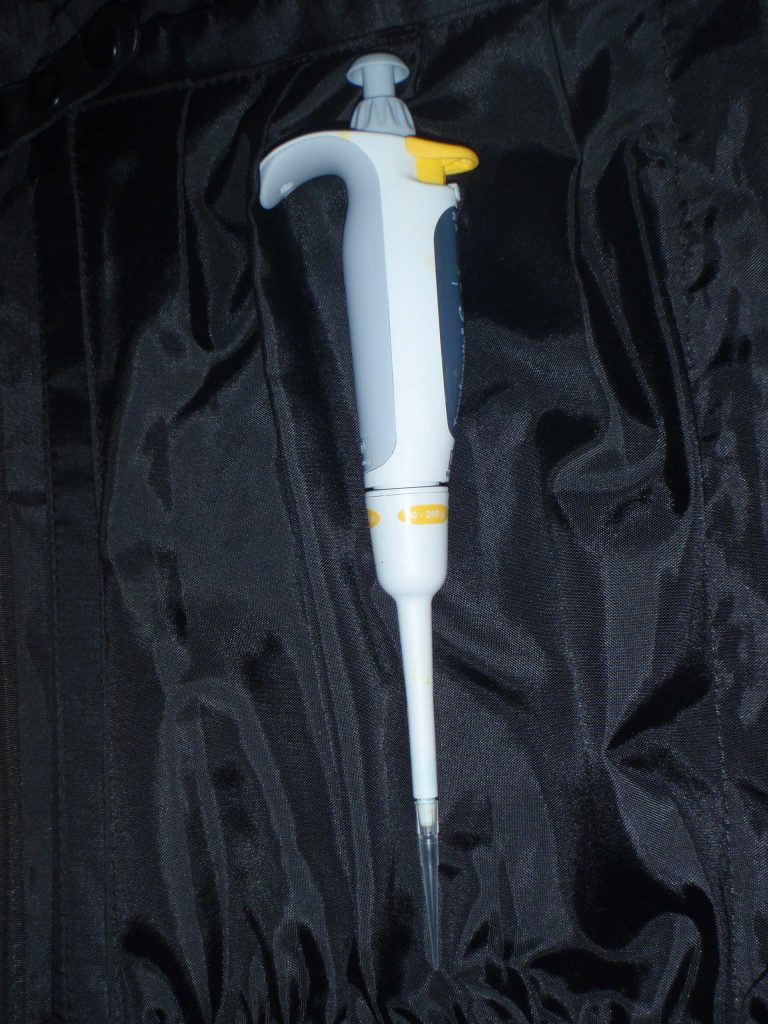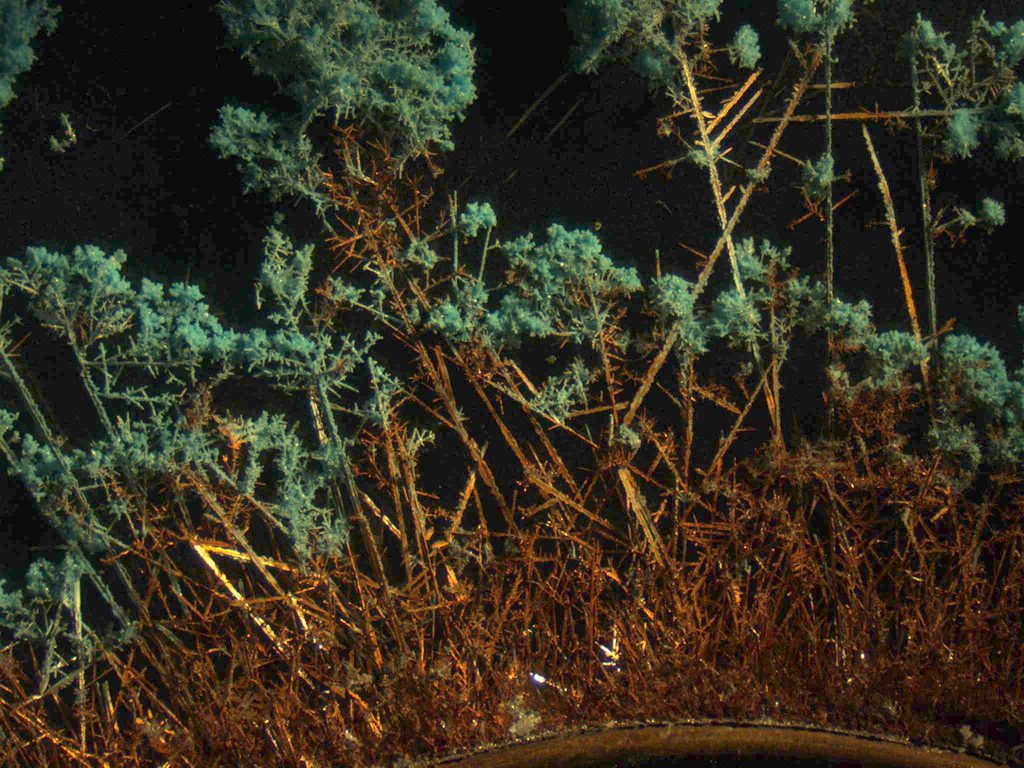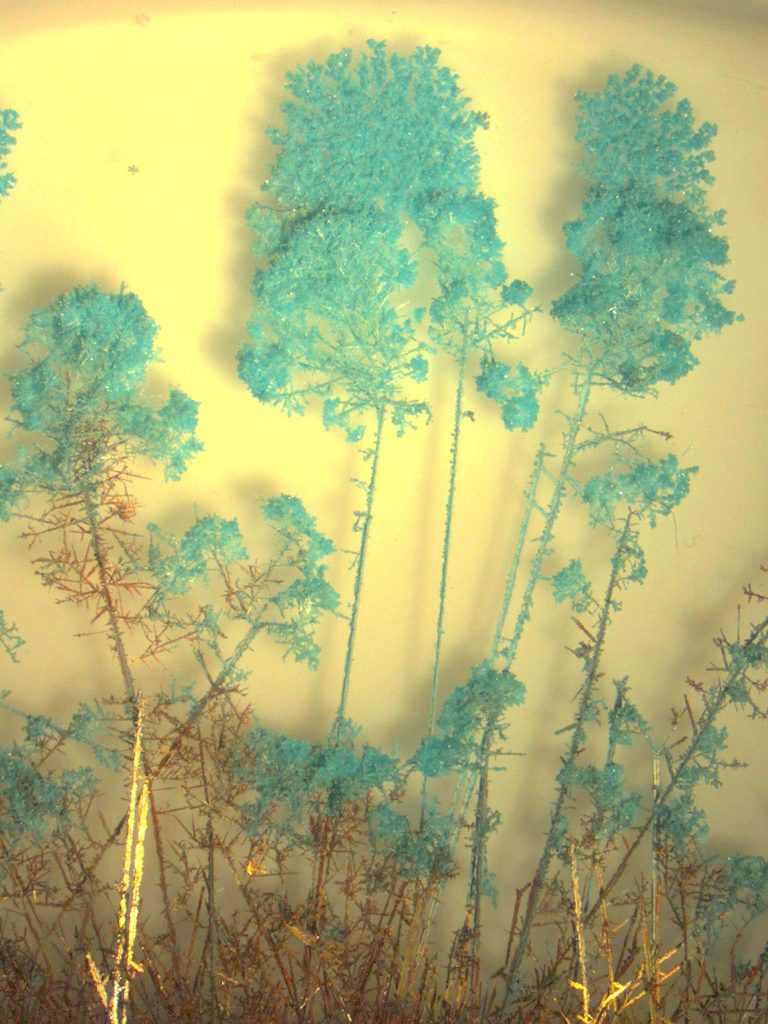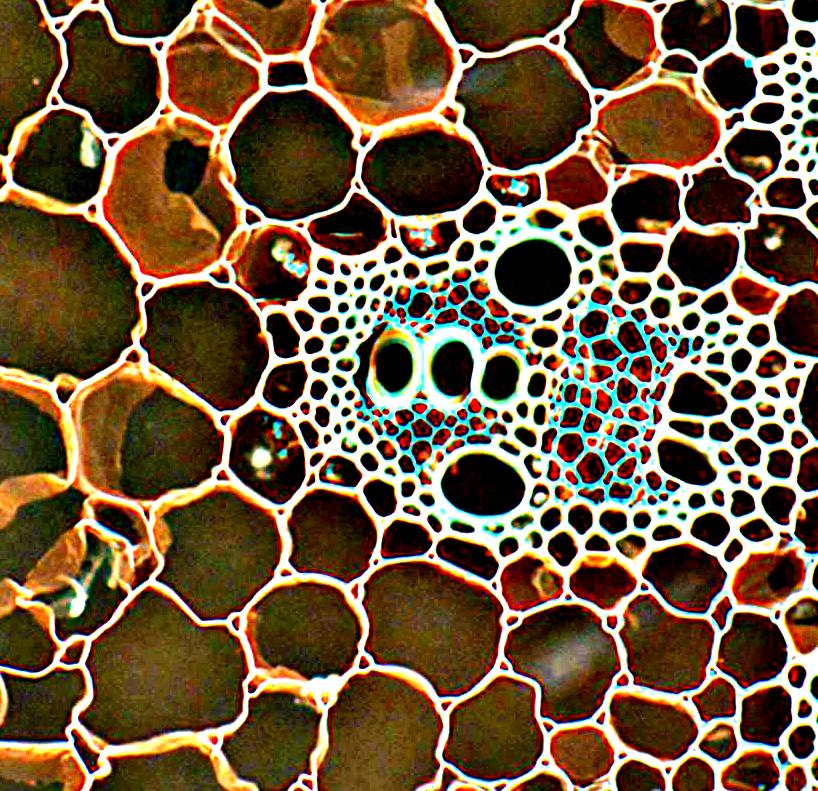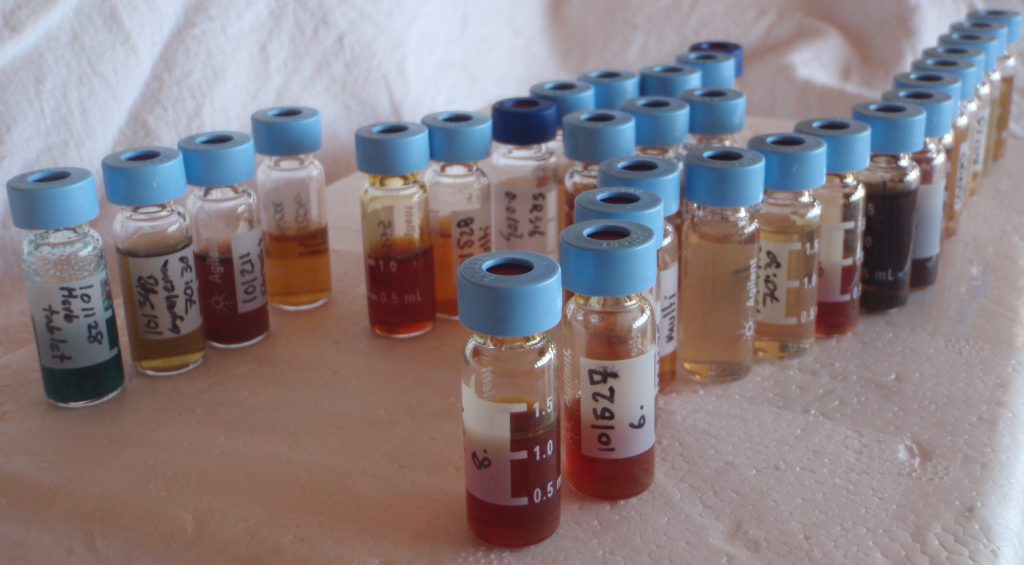ArtScience
The art and science disciplines have complex processes of inquiry and while there are notable similarities, the outcomes of each approach can and should be vastly different. I am interested in the differences between the methodological approaches for arts compared with science and find myself exploring a fusion of these two approaches. While this fusion is developing a unique methodological approach that may not hold up to scientific rigour, it does expand perceptions, broaden contexts, and enhance understanding of detail.
During my exploration of methodology I keep coming back to the hypothesis and dare I say it, the ‘limitations’ of the standard hypothesis test. This method is intended to narrow the focus and eliminate variables to enable the strict focus of the question (hypothesis) to be proven or disproven, through this methodological approach, the results are often discussed in severely restricted contexts. For example a hypothesis is developed only within the boundaries of current knowledge [1] and that in itself narrows the applicability and insight gained from a result.
A fundamental role of any university is the transfer of knowledge and if this is only perceived in a discipline specific context we are ignoring the value of the dialogue in between. Perhaps a more important challenge is the development of new ways of thinking. Part of the challenge of developing this interaction between disciplines and exploring fusion of the discipline specific methodologies in a teaching and learning context is to enable the exploration without defining the outcomes. While it may be a challenge to explore this undefined space the tertiary education sector should be up to it, after all these are by definition places of higher learning and academic freedom.
- Sullivan, G. (2010) Art Practice as Research –Inquiry in visual arts. Second Edition. Sage Publications Inc. p 281.
Click on thumbnails for a larger view:
The Catchment Turbidity Project
Rainfall, runoff, suspended sediments, lack of riparian vegetation and coffee coloured water. This project in process is informed by a decade long water quality data set from the Richmond River that supports over 300 powerful visual images of the suspended sediment that have been filtered from the water. This project asks questions about catchment management, water quality and visual amenity. How do we value our rivers and improve their community amenity, economic value and ecosystem services?
(photos by Grayson Cooke)

![Abstract [ Acryl on Canvas ]](https://seaart.com.au/wp-content/uploads/2016/11/AbstractIMG_4829-679x1024.jpg)
